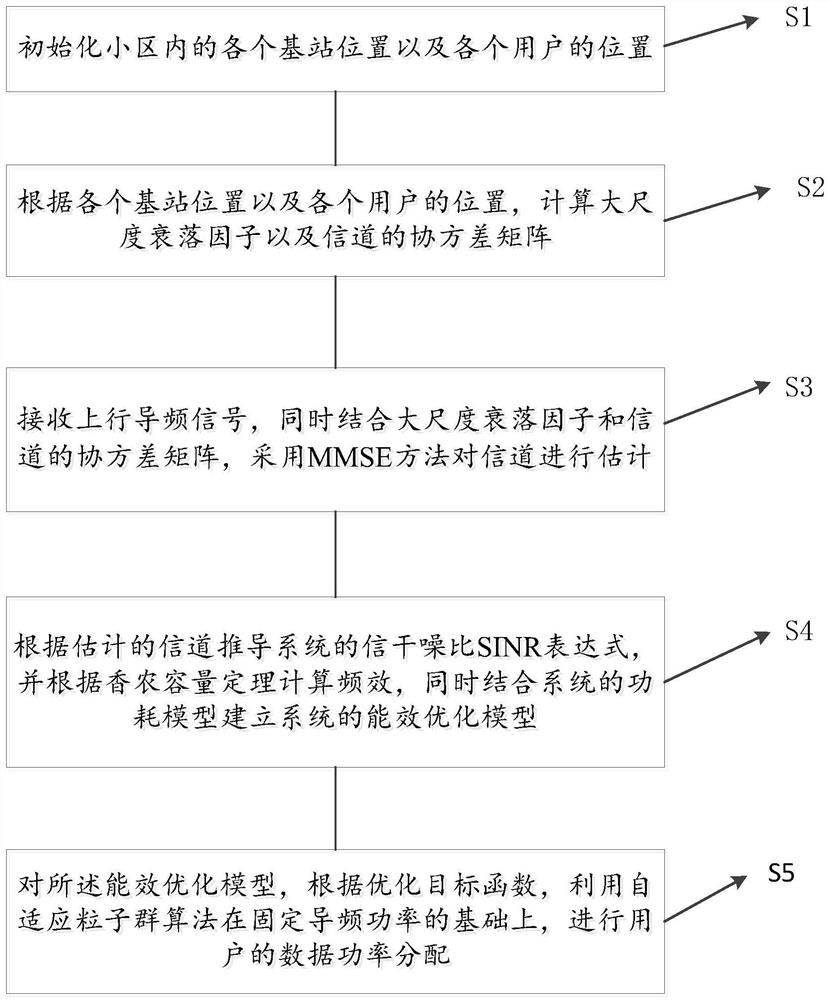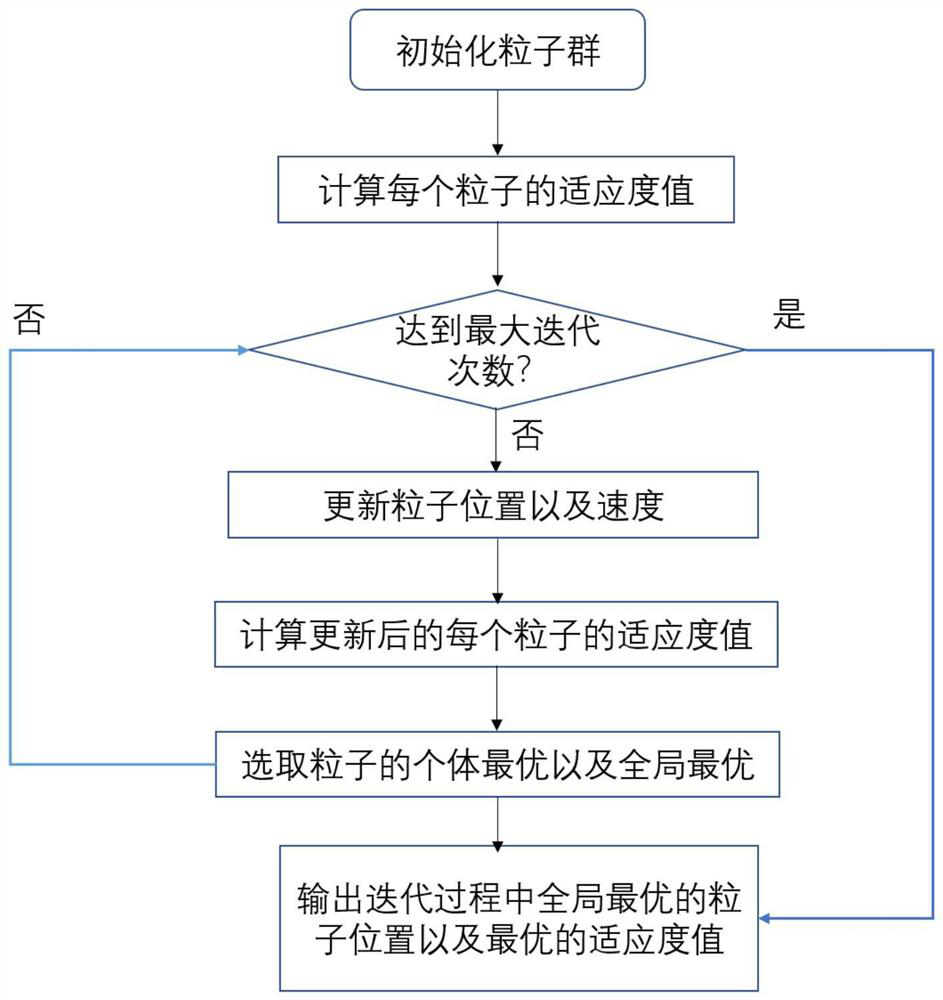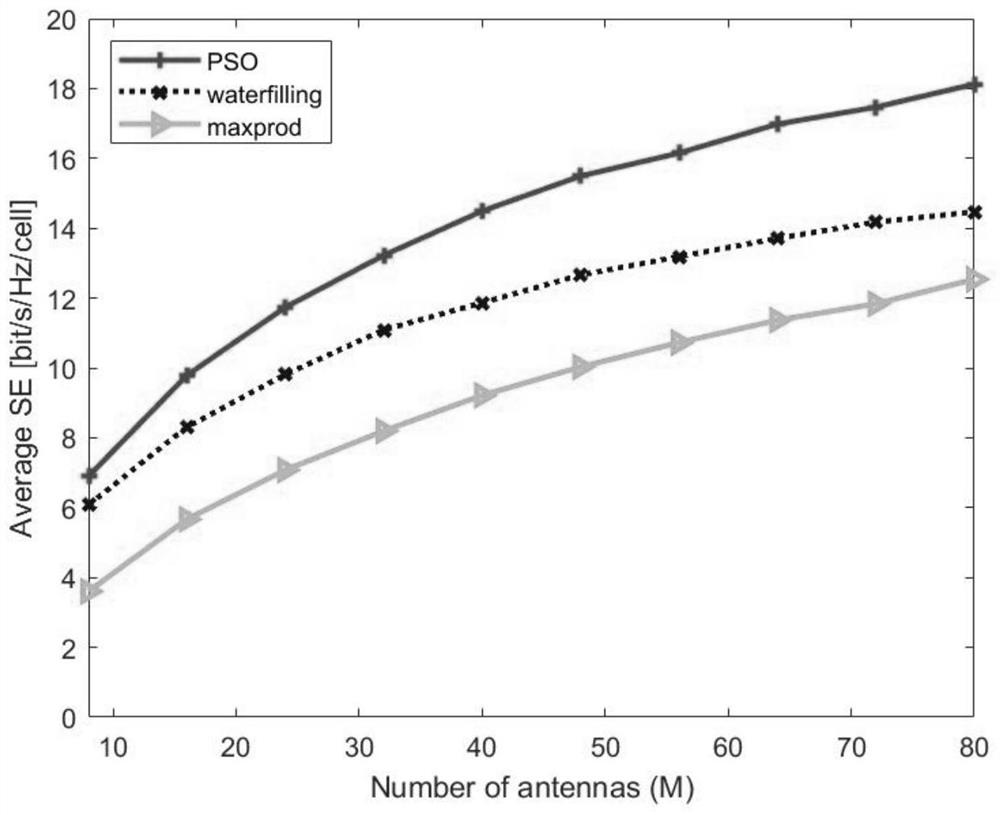Energy efficiency optimization method, device and equipment based on adaptive particle swarm power distribution
An optimization method and self-adaptive technology, applied in power management, baseband system components, instruments, etc., to achieve the effect of improving energy efficiency
- Summary
- Abstract
- Description
- Claims
- Application Information
AI Technical Summary
Problems solved by technology
Method used
Image
Examples
Embodiment Construction
[0080] The scheme of the present invention will be further described below in combination with specific embodiments and accompanying drawings.
[0081] see figure 1 , the first embodiment of the present invention provides an energy efficiency optimization method based on adaptive particle swarm power allocation, which includes the following steps:
[0082] S1, initializing the positions of each base station and each user in the cell.
[0083] Wherein, in one implementation manner, in this embodiment, a total of 16 cells are set up and arranged according to 4*4. In order to overcome interference between cells, the system uses orthogonal pilots for users in the cells. Meanwhile, in order not to lose generality, the pilot frequency reuse factor of this system is set to f=4. Therefore, the pilot sequence used in this system can be expressed as In each cell, users are set in a random distribution manner, and at the same time, the minimum distance between users and base statio...
PUM
 Login to View More
Login to View More Abstract
Description
Claims
Application Information
 Login to View More
Login to View More - R&D
- Intellectual Property
- Life Sciences
- Materials
- Tech Scout
- Unparalleled Data Quality
- Higher Quality Content
- 60% Fewer Hallucinations
Browse by: Latest US Patents, China's latest patents, Technical Efficacy Thesaurus, Application Domain, Technology Topic, Popular Technical Reports.
© 2025 PatSnap. All rights reserved.Legal|Privacy policy|Modern Slavery Act Transparency Statement|Sitemap|About US| Contact US: help@patsnap.com



